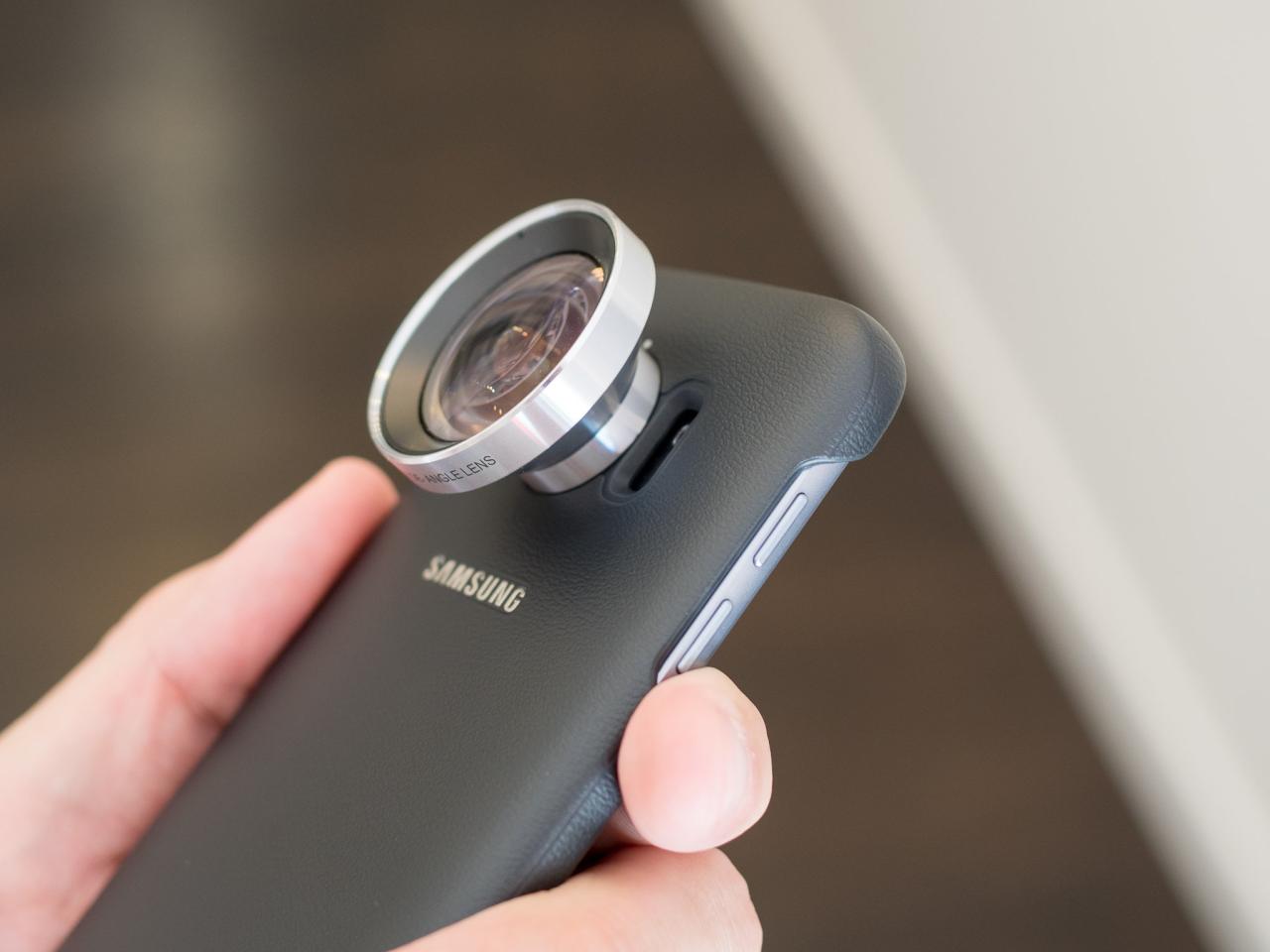galaxy s 7 sets the stage for a remarkable exploration into the evolution of smartphones, showcasing its standout features that have etched a significant mark in the tech world. As one of the flagship models released by Samsung, it brought forth an impressive camera, robust battery performance, and a sleek design that captivated users. This discussion aims to delve deep into the Galaxy S7’s distinctive qualities, comparing it with competitors and uncovering user insights that highlight its enduring appeal.
Features of Galaxy S7: Galaxy S 7

The Galaxy S7 emerges as a significant upgrade over its predecessors, showcasing a blend of refined design, cutting-edge technology, and enhanced functionality. Launched by Samsung, this smartphone has set new standards in the mobile industry with its impressive features and specifications.
One of the most notable advancements in the Galaxy S7 is its stunning design, which combines glass and metal to provide a premium feel. Additionally, the device is IP68 rated, meaning it is both dust and water-resistant, allowing users to immerse it in water for up to 30 minutes at a depth of 1.5 meters, making it perfect for everyday adventures. Moreover, the Galaxy S7 features a 5.1-inch Super AMOLED display with a resolution of 1440 x 2560 pixels, ensuring vibrant colors and deep contrasts for an immersive viewing experience.
Camera Specifications and Capabilities
The camera system of the Galaxy S7 has been significantly upgraded, setting it apart from earlier models. The rear camera boasts a 12 MP sensor with Dual Pixel technology, which enhances autofocus speed and accuracy, allowing for clear and sharp images, even in low-light conditions. The f/1.7 aperture further aids in capturing more light, resulting in stunning photographs in various lighting environments.
Key specifications of the Galaxy S7 camera include:
- 12 MP rear camera with Dual Pixel autofocus
- f/1.7 aperture for improved low-light performance
- Video recording capabilities up to 4K resolution at 30 fps
- 5 MP front camera with f/1.7 aperture for selfies and video calls
- Optical Image Stabilization (OIS) for crisp images and steady videos
This combination of features allows the Galaxy S7 to excel in capturing high-quality images and videos, making it an excellent choice for photography enthusiasts. The camera also includes various modes such as HDR, Panorama, and a pro mode for those who want to have more control over their photography settings.
Battery Life and Performance Metrics
Battery life and performance are critical aspects of any smartphone, and the Galaxy S7 does not disappoint. It is equipped with a 3000 mAh non-removable battery that supports fast charging, both wired and wireless. This allows users to quickly recharge their device and minimize downtime.
Real-world performance metrics demonstrate that the Galaxy S7 can easily last a full day on a single charge, even with heavy usage that includes gaming, streaming videos, and multitasking. The combination of the efficient Snapdragon 820 or Exynos 8890 processor, paired with 4 GB of RAM, ensures smooth transitions between applications and effortless performance during demanding tasks.
In terms of benchmarks, the Galaxy S7 achieves impressive scores in both CPU and GPU performance tests, showcasing its capability to handle intensive applications and gaming with ease.
“The Galaxy S7 redefines what a smartphone can achieve, combining robust camera features, enduring battery life, and superior processing power for an unmatched user experience.”
Comparisons with Other Smartphones

The Samsung Galaxy S7 emerged in 2016 as a leading contender in the crowded smartphone market, boasting impressive specifications and design. However, in an ever-evolving tech landscape, it is essential to compare the Galaxy S7 with its competitors to understand its position and relevance today. This analysis delves into the advantages and drawbacks of the Galaxy S7 against both its contemporaries and newer flagship models, highlighting user experiences and preferences.
Comparison with Main Competitors
During its release period, the Galaxy S7 faced significant competition from devices such as the Apple iPhone 6s, LG G5, and Google Pixel. Each of these smartphones offered unique features that appealed to different segments of the market.
- Apple iPhone 6s: The iPhone 6s provided a smooth iOS experience, optimized app ecosystem, and reliable performance, but lacked the expandable storage and superior water resistance found in the Galaxy S7.
- LG G5: The G5 introduced modular capabilities allowing users to swap out components. However, its build quality and ecosystem failed to match the premium feel of the Galaxy S7.
- Google Pixel: Known for its exceptional camera and stock Android experience, the Pixel offered superior software support, yet the Galaxy S7 retained a more robust hardware profile and design aesthetics.
Advantages and Drawbacks Compared to Newer Models
As newer models have emerged, the Galaxy S7’s position in the flagship market has been challenged. While it remains a solid device, it does exhibit certain limitations compared to more recent smartphones.
Despite being a capable device, the Galaxy S7’s performance cannot match the speed and efficiency of the latest processors available in newer models.
- Performance: Modern smartphones often come with more powerful processors, such as the Qualcomm Snapdragon 888, delivering significantly faster performance and multitasking capabilities.
- Camera Technology: Advancements in camera sensors and software have led to superior photography in newer models, with features like computational photography, which the Galaxy S7 lacks.
- Battery Life: Newer devices typically offer optimized battery management features, resulting in longer usage times compared to the Galaxy S7.
User Experiences and Preferences
User feedback plays a pivotal role in understanding the longevity and appeal of any smartphone. The Galaxy S7, despite its age, continues to resonate with a segment of users who appreciate its design and functionality.
Users have praised the Galaxy S7 for its stunning Super AMOLED display and comfortable grip, often favoring it over newer models that may compromise on ergonomics for larger screens.
Many users who transitioned from the Galaxy S7 to newer models express mixed feelings, often citing the following reasons:
- Familiarity with Samsung’s TouchWiz interface, which remains a preferred choice for those who value customization and familiarity.
- The compact form factor of the Galaxy S7, which is easier to manage and use compared to the increasingly larger devices on the market.
- A strong sentiment for the Galaxy S7’s water and dust resistance, which has become a standard in newer models but was a significant selling point at its launch.
User Tips and Tricks

The Galaxy S7 is packed with features that elevate the user experience, many of which remain undiscovered by average users. This section delves into hidden features, tips for optimizing battery life, and customization options to personalize the device to individual preferences.
Hidden Features of the Galaxy S7
The Galaxy S7 includes several hidden features that significantly enhance user experience. Taking the time to explore these can unlock the full potential of your device.
- Always-On Display: This feature allows users to view the time, notifications, and calendar events without unlocking the phone. It can be activated by going to Settings > Display > Always On Display.
- Smart Stay: The Smart Stay feature uses the front camera to detect if you are looking at the screen, keeping it on while you’re engaged. This can be enabled via Settings > Display > Smart Stay.
- Quick Launch Camera: Users can launch the camera quickly by double-pressing the Home button. This feature ensures you never miss a spontaneous moment.
Optimizing Battery Life for Galaxy S7 Users
Battery life is a crucial aspect of any smartphone’s usability. By implementing a few strategies, users can prolong the life of their Galaxy S7 battery significantly.
- Adjust Screen Brightness: Lowering the screen brightness or enabling adaptive brightness can reduce battery consumption. This option is found in Settings > Display > Brightness.
- Manage Background Apps: Limiting the number of apps running in the background can conserve battery. Users can access the application manager in Settings to restrict background activity.
- Battery Saver Mode: Activate the Battery Saver mode by going to Settings > Battery > Power Saving Mode. This feature restricts background data and reduces performance to extend battery life.
Customizing the Galaxy S7 Interface and Settings, Galaxy s 7
Personalizing the Galaxy S7 interface can enhance user satisfaction and make the device more user-friendly. Several customization options are available to tailor the experience.
- Changing Themes: Users can explore various themes to change the look of their device. This can be done via Settings > Themes, where a variety of free and paid options are available.
- Adding Widgets: Widgets allow quick access to information and apps. To add a widget, long-press on the home screen, select Widgets, and choose the desired widget from the options provided.
- Customizing Quick Settings: Users can rearrange and edit the quick settings panel by swiping down from the top of the screen and tapping the edit icon. This allows for faster access to frequently used settings.
Troubleshooting Common Issues
The Samsung Galaxy S7, while a powerful and feature-rich smartphone, can occasionally encounter issues that may hinder its performance. Understanding how to troubleshoot these common problems can provide users with a smoother experience and extend the device’s lifespan. This section will address common software glitches, hardware-related concerns, and the process for performing a factory reset safely.
Common Software Glitches
Software glitches can manifest as app crashes, unresponsive screens, or slow performance. Addressing these issues promptly is essential for maintaining device functionality. Here are several solutions to common software problems:
- Restart the Device: A simple reboot can resolve many temporary software glitches by refreshing the system and clearing RAM.
- Clear Cache: Navigate to Settings > Storage > Cached data and clear the cache to free up space and improve performance.
- Update Software: Ensure the device is running the latest software by going to Settings > About phone > Software updates. Keeping the device updated can fix bugs and improve overall functionality.
- Safe Mode: Booting the device in Safe Mode can help determine if a third-party app is causing issues. To enter Safe Mode, press and hold the Power button, then tap and hold the Power Off option until the Safe Mode prompt appears.
Hardware-Related Problems
Hardware issues may include problems with the battery, screen, or physical buttons. Each of these can significantly impact the user experience. Here are methods to resolve common hardware-related problems:
- Battery Issues: If the battery drains quickly or fails to charge, consider replacing it. For optimal performance, avoid using third-party chargers and ensure the charging port is clean.
- Screen Problems: A cracked or unresponsive screen can be addressed through professional repair services. Users should avoid attempting DIY repairs, as this can void warranties.
- Button Malfunctions: If physical buttons become unresponsive, cleaning around the buttons may help. Ensure no debris is blocking their function. In severe cases, a repair may be necessary.
Factory Reset Procedures
Performing a factory reset can resolve persistent software issues by restoring the device to its original settings. However, it is crucial to back up all important data before proceeding. The factory reset process is as follows:
- Backup Data: Use Samsung Cloud or Google Drive to back up contacts, photos, and apps.
- Access Settings: Go to Settings > General management > Reset.
- Select Factory Data Reset: Choose this option, which will show you what data will be erased.
- Confirm Reset: Tap Reset and follow the on-screen prompts to complete the process.
“A factory reset will erase all data on the device, so ensure that everything important is backed up before proceeding.”
Questions Often Asked
What year was the Galaxy S7 released?
The Galaxy S7 was released in March 2016.
Does the Galaxy S7 support wireless charging?
Yes, the Galaxy S7 supports wireless charging.
What is the storage capacity of the Galaxy S7?
The Galaxy S7 comes with options of 32GB or 64GB internal storage, expandable via microSD.
Is the Galaxy S7 water-resistant?
Yes, the Galaxy S7 is water-resistant with an IP68 rating.
Can I update the Galaxy S7 to the latest Android version?
The Galaxy S7 can be updated to Android 8.0 Oreo, but may not support further upgrades officially.
When it was released, the galaxy s6 edge captured attention with its stunning design and innovative features. This smartphone not only offered a sleek look but also introduced a curved display that enhanced the user experience significantly. As technology evolves, it’s fascinating to see how devices like this continue to influence the market.
The rise of mobil samsung demonstrates the brand’s commitment to innovation beyond smartphones. With advanced technology and sleek designs, Samsung vehicles are becoming a popular choice for tech-savvy consumers who value both performance and smart features. This integration of technology can reshape how we think about driving in the future.
